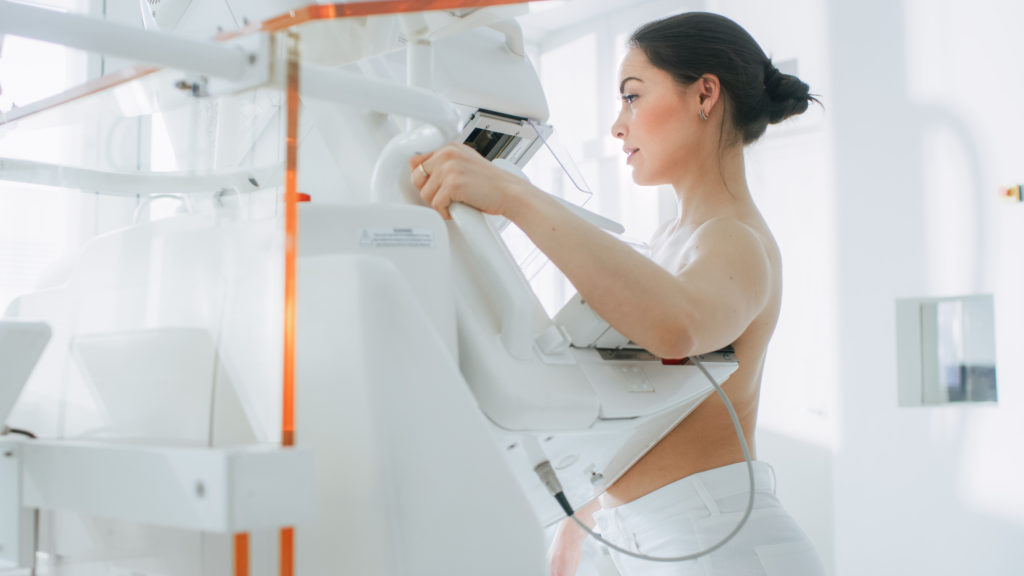For women who dutifully keep their mammogram appointments year after year, the latest results from a long-term trial in Canada, which found no difference in death rates from breast cancer among women who had regular mammograms and those who did not, are bound to sow confusion, perhaps even anger.
For decades now, the annual mammogram has been promoted vociferously and continuously as an essential way to protect oneself from breast cancer. Many women feel they are being irresponsible if they do not get a regular scan, said Dr. Lisa Schwartz, a professor at the Dartmouth Institute for Health Policy and Clinical Practice.

“For so long, we have been trying to convince people that you’re irresponsible or not taking care of yourself if you don’t do this,” Dr. Schwartz said. “People were hit over the head with that message.”
But attitudes have been changing as evidence accumulates of the hazards of intensive cancer screening. The American Urological Association has loosened its prostate cancer screening guidelines for men, for instance, because of the potential for unnecessary, invasive treatment that often leads to incontinence and impotence.
In light of the accumulating data that the benefits of regular mammography may be negligible for women, and that the practice has led to false positives and overtreatment, “it’s important for women to realize there is a genuine decision to be made here,” Dr. Schwartz said.
It is not a decision that medical groups are making any easier. In 2009, the United States Preventive Services Task Force, an influential group that makes recommendations to the federal government, concluded that women over age 50 should have mammograms every two years instead of annually and that the evidence of benefit was only moderate. The group did not recommend the screening test for younger women.
The report was met with a barrage of criticism. Some charged that the task force was trying to save health care dollars at the cost of human lives.
The American Cancer Society refrained from following the task force’s lead and continues to recommend annual mammograms beginning at age 40, as do the National Cancer Institute and the American College of Radiology.
In 2011, the American Congress of Obstetricians and Gynecologists urged more screening, recommending that women 40 and over receive a mammogram annually; previously, the group had recommended that women start yearly mammograms at age 50.
But the days of one-size-fits-all screening may be ending. Now patients and their doctors will face much more nuanced choices, based on each woman’s risk for breast cancer and her feelings about the prospect of unnecessary treatment.
“The balance between benefits and harms is more and more up in the air,” said Dr. Russell P. Harris, a professor of medicine at the University of North Carolina, Chapel Hill. “Reasonable people will disagree.”
By RONI CARYN RABIN
FEB. 11, 2014
The New York Times